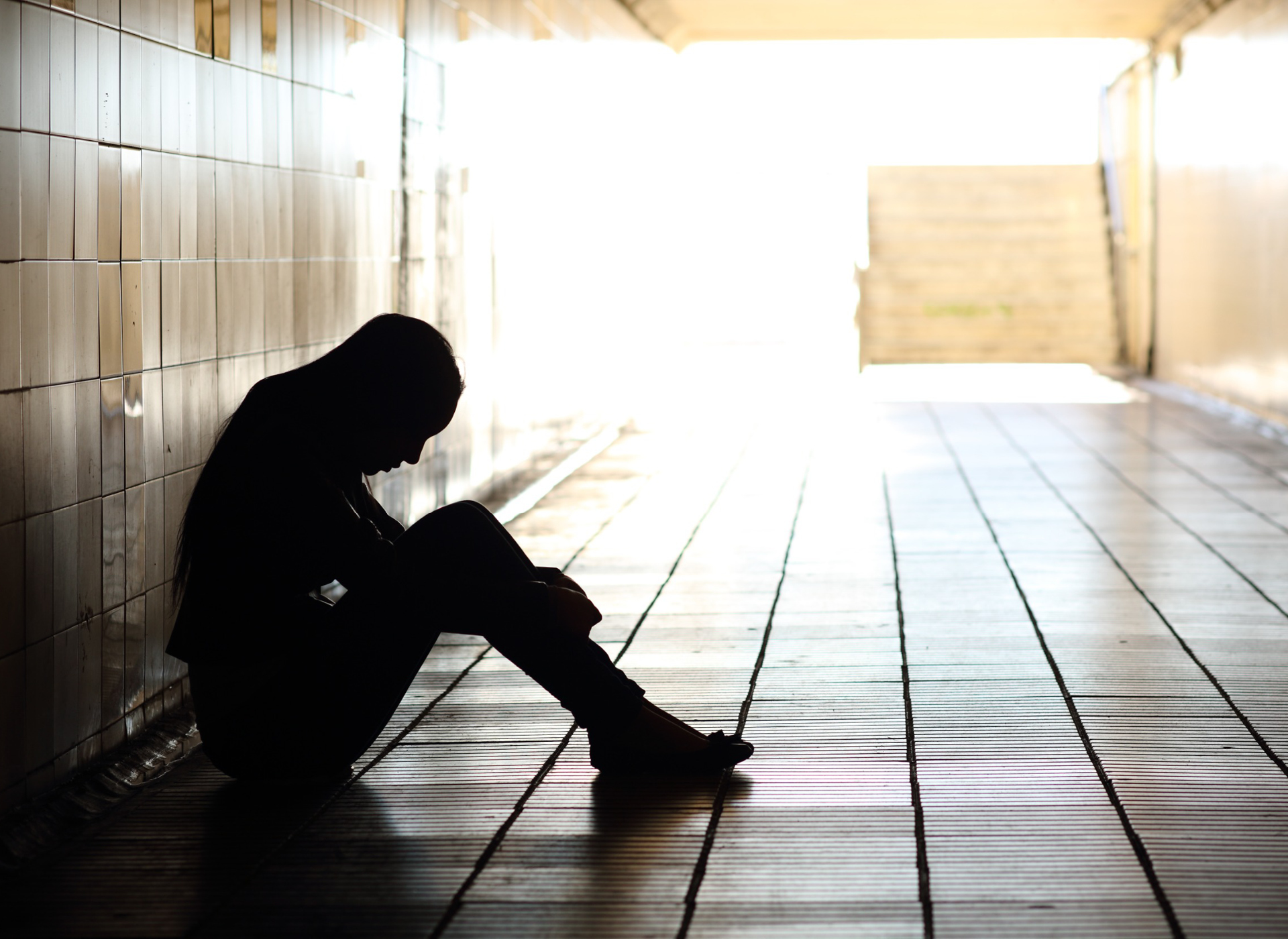The Intersection of Child Sex Trafficking and Youth Homelessness
“I needed housing and help because I had no place to stay. I didn't feel safe in many places. I tried to get in a youth program, but there was no space for me. They took my name and said they would call me when housing became available. That is when I met X. He didn’t have a waitlist.”
—Janelle, NN4Y National Youth Advisory Committee Member
No young person in America should experience homelessness or human trafficking. Unfortunately, many do. An estimated 4.2 million young people (ages 13-25) experience homelessness annually. Many of these young people become victims of sex trafficking, labor trafficking, or both. Research has found that trafficking among youth experiencing homelessness ranges from 19% to 40%. Using the lower-end estimate of 1 in 5 youth experiencing homelessness also being trafficked, equates to 800,000 youth trafficked every year. We also know from research that homelessness and trafficking occurs in every American community--cities, suburbs, rural communities, and Tribal Nations.
Systemic inequities and injustice in communities and families put certain young people in more vulnerable situations than other youth. These vulnerabilities significantly increase the likelihood that BIPOC, LGB, and system-involved youth will experience homelessness and human trafficking. Further, the risk factors for sex and labor trafficking for young people are very similar to the risk factors for homelessness for young people. Here is what we know:
- Lack of basic needs, such as not having a safe place to sleep at night, often play a role in their trafficking experiences.
- Early trauma, such as homelessness and exploitation, begin early, often well before age 18.
- LGB youth are particularly vulnerable and experience trafficking at higher rates than other youth experiencing homelessness.
- Youth experiencing homelessness who have also been victims of sex trafficking are more likely to have mental health and substance use issues, to have experienced physical and emotional abuse by parents or guardians, and to have a history of sexual abuse.
- Black youth face an 83% increased risk, and Latinx youth face a 33% increased risk of homelessness when compared to their white peers.
- Young, single parents have a three times higher risk of experiencing homelessness than non-parenting peers.
- Youth with experiences of foster care, juvenile detention, jail, or prison face increased risk of homelessness and human trafficking.
- Youth who do not complete high school are 3.5 times more likely to experience homelessness than peers who completed a high school diploma.
Serving Youth Experiencing Homelessness Prevents Human Trafficking + Increases Support to Survivors of Trafficking
Youth experiencing trafficking - sex, labor, or both - do not openly share this with people they don’t trust. Many community-based youth providers learn that a young person is a survivor of trafficking months after they enter the program. This demonstrates the need for an open door approach to serving youth in crisis. Youth experiencing any form of homelessness, victimization, and/or trafficking should be able to access what they need. It is important to note that not all survivors need or want a program specific to human trafficking. What they want is someone who genuinely cares about their wellbeing and safety, safe housing options, opportunities to heal from trauma, and access to education and employment. Learn more here.
Author Darla Bardine is the Executive Director of the National Network for Youth (NN4Y). For 45 years, NN4Y has been working to prevent and eradicate youth homelessness in America. As a public education and policy advocacy organization, we work at the federal, state, and local levels to accelerate the national response and community’s progress in ending homelessness and human trafficking among young people. www.nn4youth.org.
